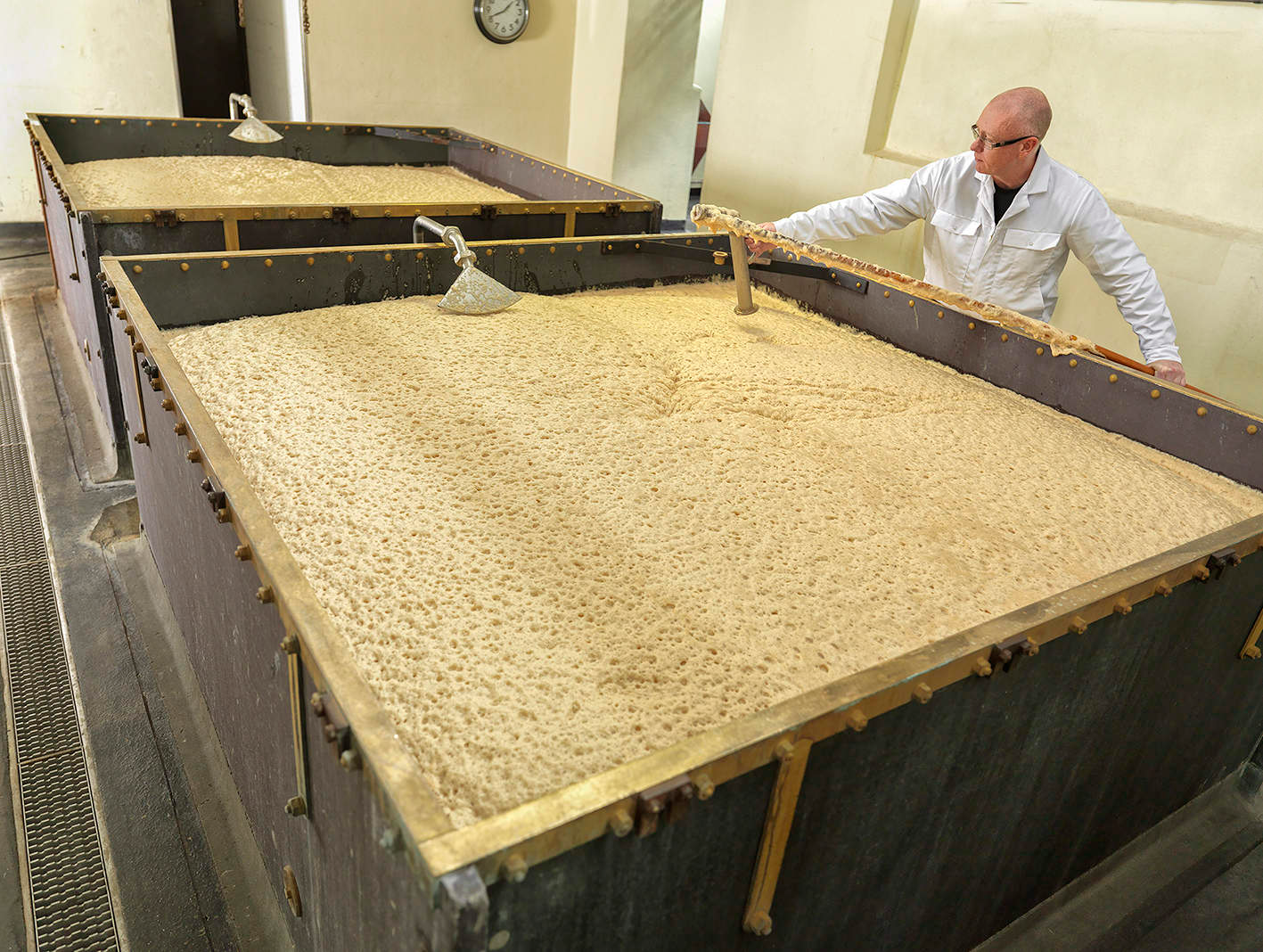I feel that open fermentation improves yeast expression, though I haven't done side-by-side comparisons for the same batch. Plus, I top-crop yeast when possible, so open fermentation avoids having to opencloseopenclose.
Also, open fermentation [at least in theory] improves the supply of oxygen to yeast. Remember that yeast needs oxygen, and that the saturation level of oxygen under atmospheric conditions is about 8mg/L and only about 12mg/L with an oxygen wand. Since the oxygen gets consumed in a few hours after yeast pitch, allowing 24-48h for more oxygen intake with open [pre-]fermentation will [likely?] result in a greater total amount of oxygen than from a single dose of pure oxygen. You'll notice the effect of oxygen and open fermentation easily with something more nutrient starved than beer, e.g. wine.
You are correct in that eventually O2 will spoil things. The trick is to either drink the beer before it spoils (a few weeks) or ensure all oxygen is purged while there is still active fermentation and no new oxygen is allowed enter.
Beer does not get infected as easily as we're led to believe. I have a few yeast strains approaching 2 dozen repitches. They've been open-fermented and top-cropped, and apart from having to start adding zinc at around generation 10, they work more or less like out of the packet. (yes I have managed to infect some yeasts, namely closed-fermented ones)
tl;dr prevent air contact starting at the tail end of fermentation, and you're fine



















































![Craft A Brew - Safale S-04 Dry Yeast - Fermentis - English Ale Dry Yeast - For English and American Ales and Hard Apple Ciders - Ingredients for Home Brewing - Beer Making Supplies - [1 Pack]](https://m.media-amazon.com/images/I/41fVGNh6JfL._SL500_.jpg)







